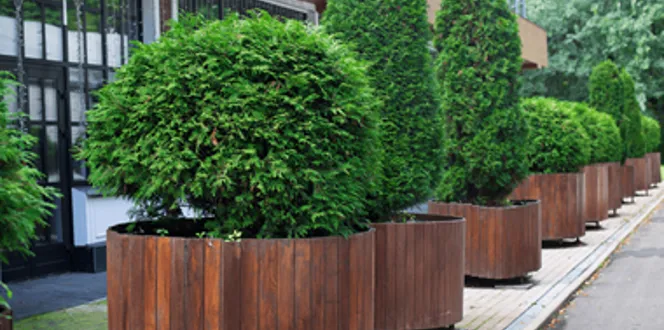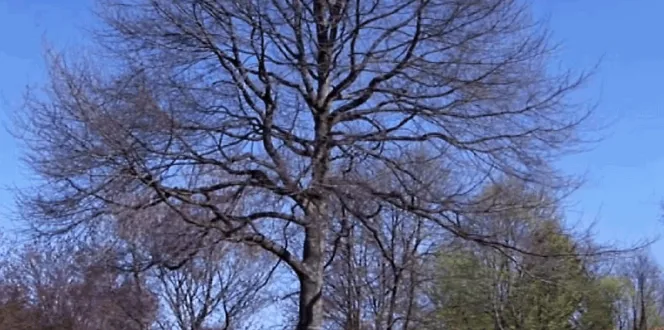Removing a cherished tree you’ve come to love is not an easy thing to do. After it’s gone, you might want to fill the void left behind in your yard.
Planting a new tree is always a great idea. The only question remaining? Can you plant a new tree where an old one was just removed?
Scroll to find everything you should consider before planting a tree in the same spot.
Can you replant a tree in the same spot?
A new planting site with fresh soil is best. That doesn’t mean planting in an old spot is totally out of the question, but there are a few things you’ve gotta keep in mind.
Should you plant a tree where a tree was?
The answer is twofold. Yes, it’s possible. But no, it probably isn’t the best idea. Here’s why.
- The last tree likely stripped the site’s soil of the many essential nutrients that young trees depend on.
- The sawdust left behind from the removal or stump grinding could also change the soil’s nutrient balance.
- If any of the old tree’s roots are still there, your young tree may not have enough room to grow.
- If an old tree was removed because of a disease, that pathogen could still be lingering in the soil. So, if you want to plant a new tree in that spot, be sure to pick out a tree that’s resistant to that problem.
How close can you plant a tree to a stump? Can you plant a new tree over a ground out stump?
As we mentioned above, you don’t want to plant a new tree in the same spot or over a ground out stump. But you can plant your new tree near an old tree’s stump. Shoot for an area about six to eight feet away from the stump.
What to consider if planting a tree where another tree was removed
While there’s a strong case for starting with a clean slate, maybe that won’t work for you. Sometimes, the spot where an old tree stood is too perfect to leave bare (or perhaps it has sentimental value).
If that’s the case, put in a little legwork to make the old planting site new again.
- Consider the old tree’s health. If an infected tree lived in that spot, know exactly what the problem was. Then, pick a tree that won’t become infected by that pathogen.
- Give it some time. The removed tree’s roots will slowly but surely decompose, making it a bit easier to prepare the planting site. If you can, wait about a year before planting a new tree.
- Prepare the site. The area should feel like new for your young tree. That means removing all sawdust from the hole, chopping out as many roots as possible and adding topsoil (and even some compost if you want to do it up).





